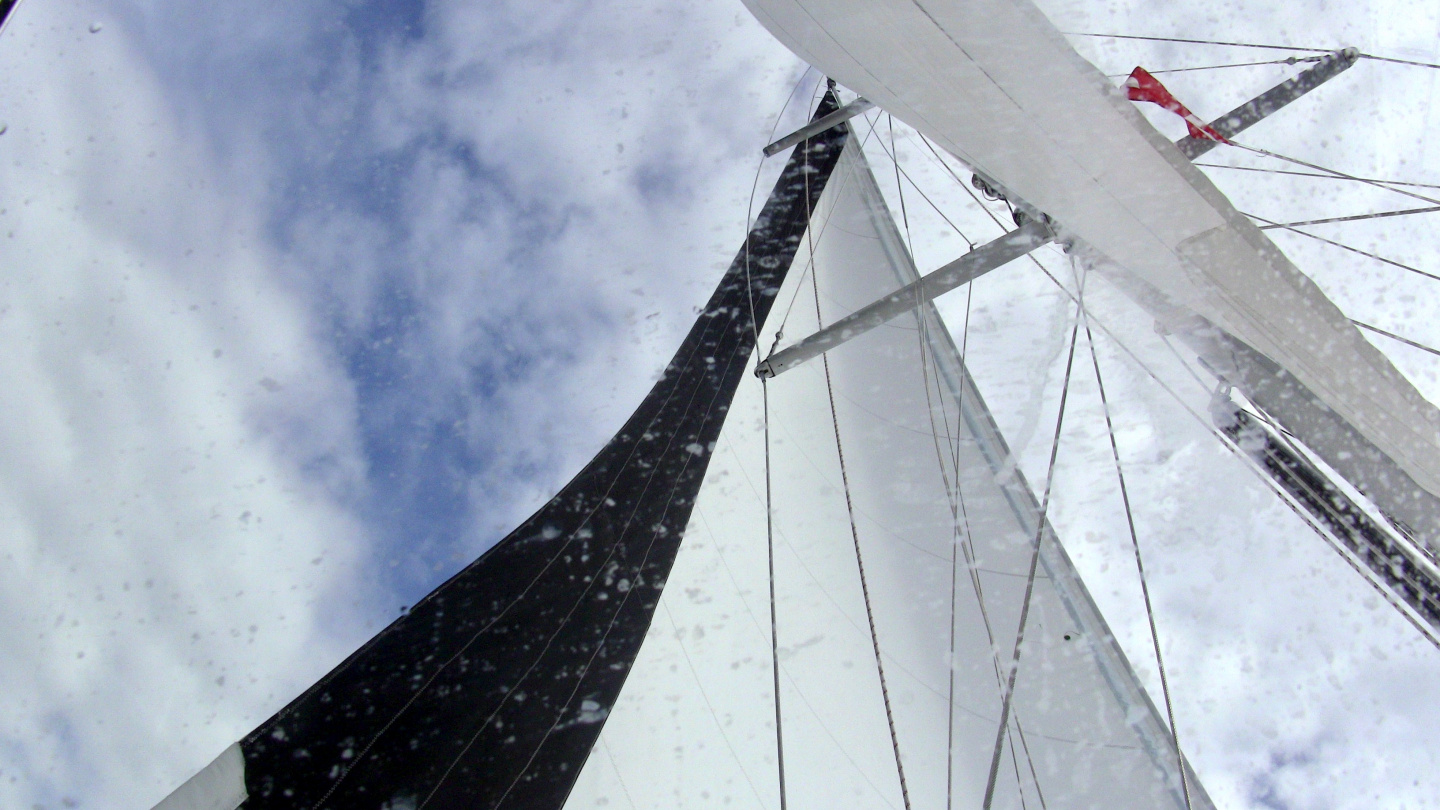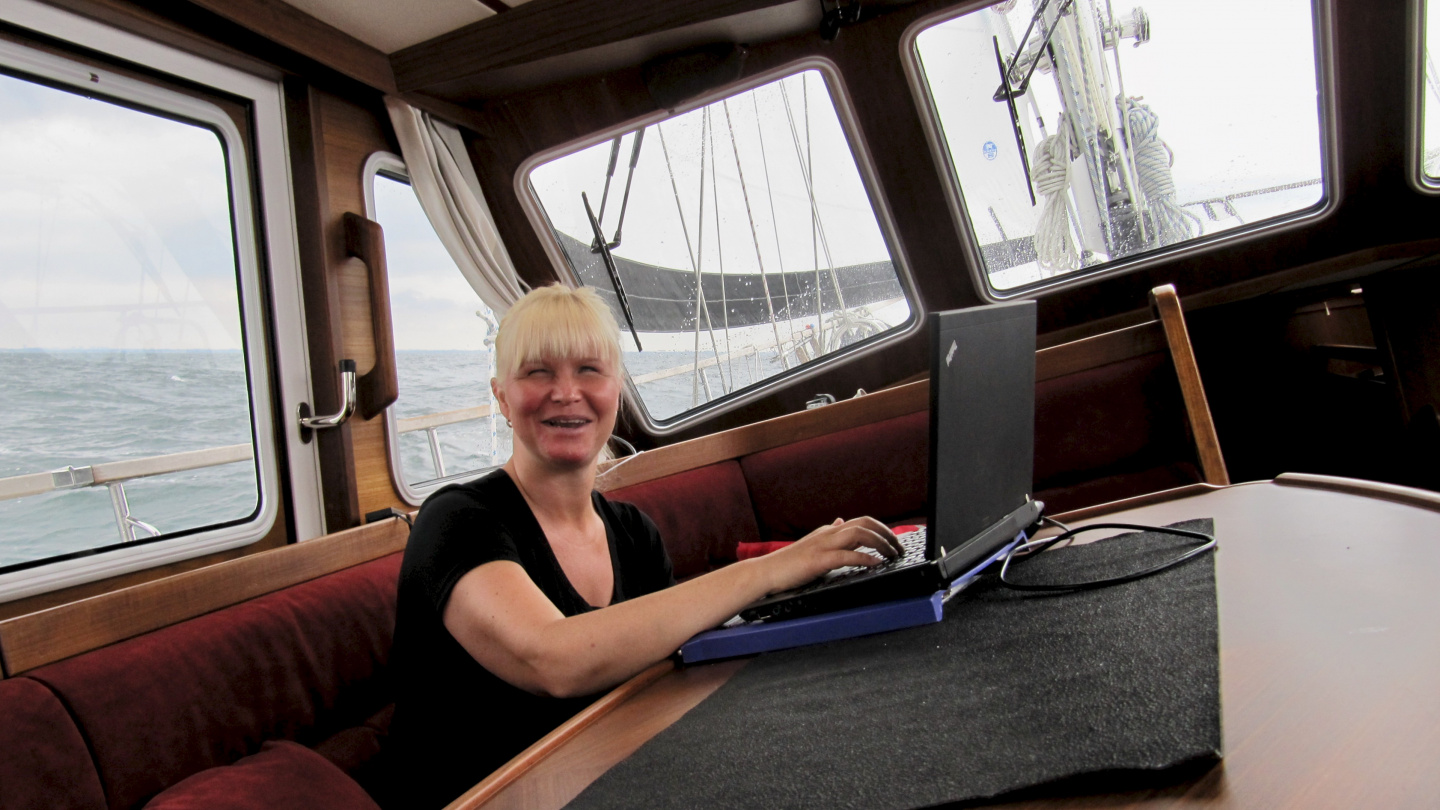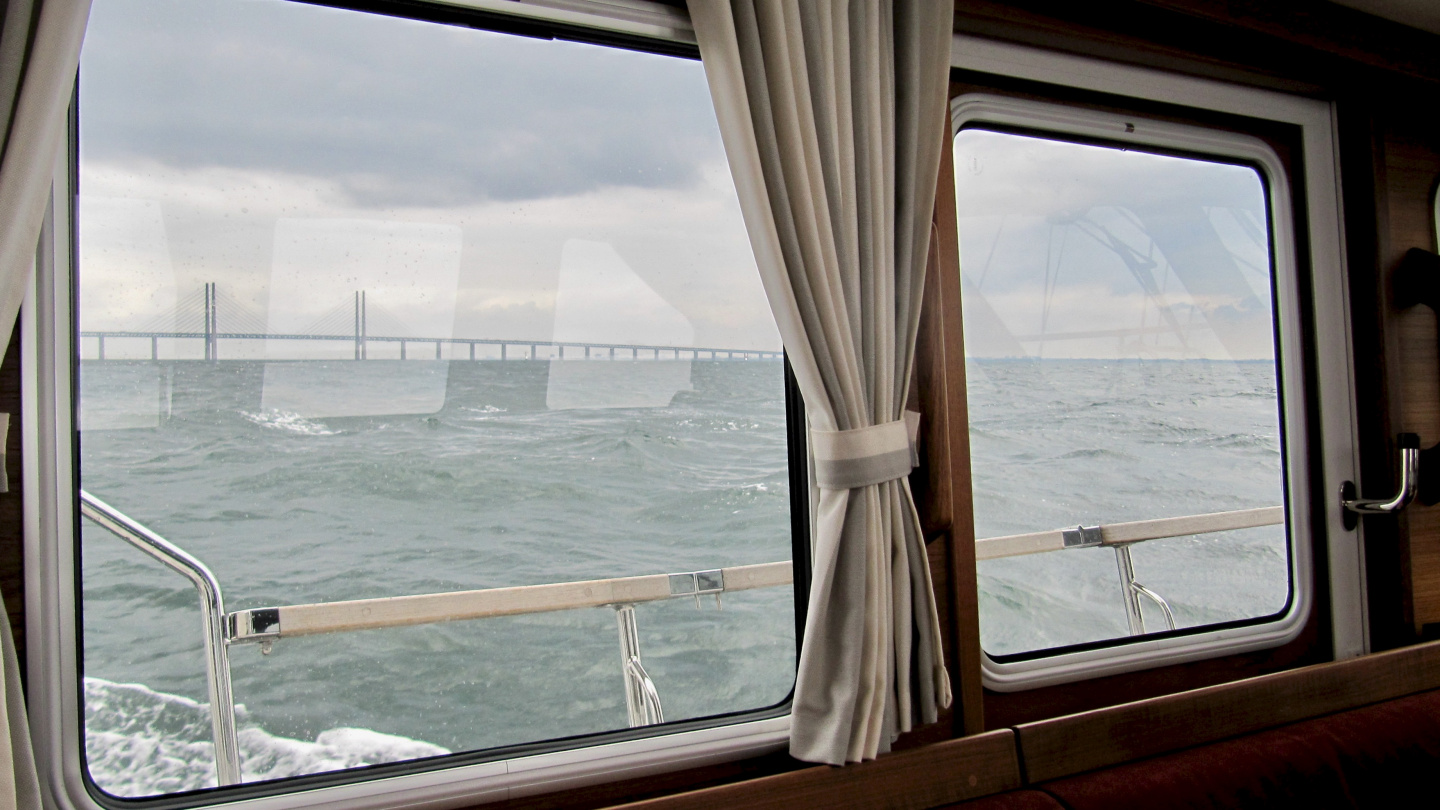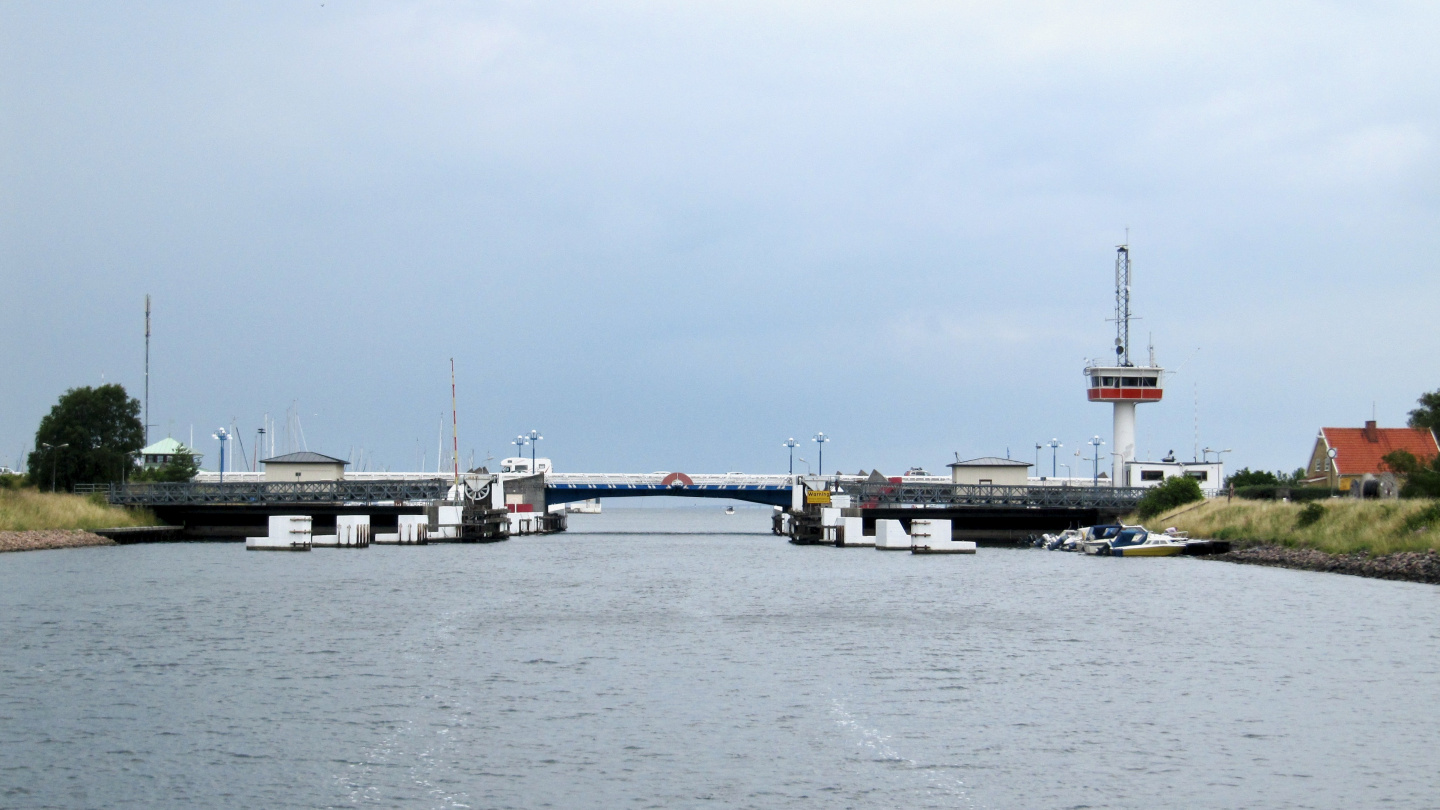We left Copenhagen on Monday morning with the plan to cross the Sound and sail towards the south coast of Sweden and the harbour of Gislövsläge there.
Last time when we travelled by train from Copenhagen to Malmö, we travelled first four kilometres below the sea and then eight kilometres over the bridge of Öresund to Sweden. With Suwena we could either sail over the tunnel or under the 57 metre tall bridge. The bridge was a little further east and passing under it would add several miles to our route. Instead we took a direct course over the Drogden tunnel. The water depth over the tunnel is 7.7 metres. This means that for Suwena there is almost six metres of water under her keel. The Öresund bridge looked magnificent when we passed it with Suwena from southern side.



By crossing the Sound we changed for again Danish waters to Swedish coast and sailed towards the Falsterbo canal. The canal shortens our journey by ten nautical miles because there is no need to go around the cape of Falsterbo on south-west corner of Sweden. The canal’s length is only one nautical mile and it has one bridge that opens at every full hour. Near the canal entrance we lowered sails and let the Perkins do the sailing. We were in a little hurry to catch the bridge opening and our iron sails did its best to reach the bridge at full hour.
On both sides of the bridge a few boats run in circles and we immediately knew that we had arrived on time. I had put out a couple of fenders and prepared a line for mooring at waiting pontoon but the bridge opened and we drove straight through. There were no waves in the canal and I took a time to replace the Danish courtesy flag with Swedish. The canal trip was so short that just as I was putting the fenders away we were on southern Baltic Sea and in big waves. We were immediately hit by a big wave and the mooring line on our cockpit table made a leap to the water. I was rather annoyed because this was one of my favourite lines and now it is at the bottom of the sea. Stupidity is quickly punished in swinging boat if you leave something carelessly lying.

There is a guest harbour at the northern end of the Falsterbo canal. On southern end there are only a few small waiting pontoons. We however continued sailing towards Gislövsläge.
The village of Gislövs is located on the east side of the Trelleborg city. Just as we passed the harbour of Trelleborg a passanger ferry from Poland was arriving. Andrus checked from AIS that we’ll pass the ship from stern by a good margin. To our surprise the ship did not enter the harbour but instead started turning toward us and away from the harbour entrance. We wondered for a moment what shall we do? The ship continued turning towards us. After a moment she stopped and started to enter into the harbour. We were very relieved and continued sailing. Next day while listening for the weather forecast on VHF a similar incident happened to a German sailboat. Then the German skipper did not let the ship go so easily. She called a ship captain on VHF and asked what are their intentions?
The sea currents bring sand into the Gislövs harbour. In the middle the depth is only 1.7 metres while at the sides of the harbour basin it is over two metres. We arrived in 13 m/s wind. The mooring is between the piles and to enter the berth we would need to go into sidewind. We recognized that this was probably not a very safe manoeuvre in this kind of wind. We moored Suwena next to the mast crane on the quay. Our reasoning was that nobody will come to use the crane in this wind.
The wind kept rising to over 14 m/s and we had to stay in Gisövsläge for two days while waiting the wind to calm down.

